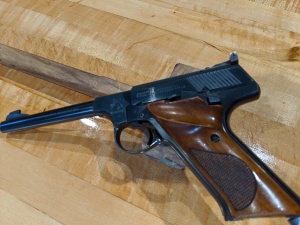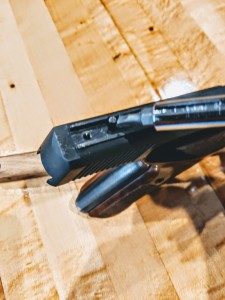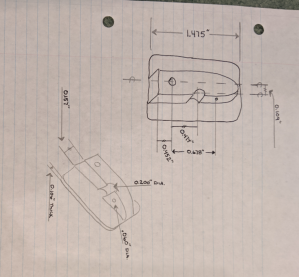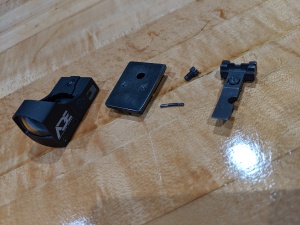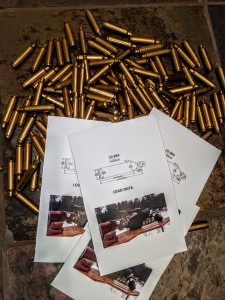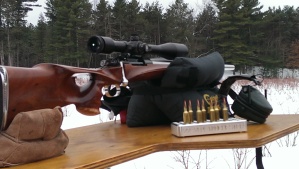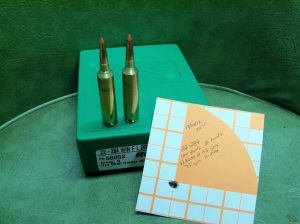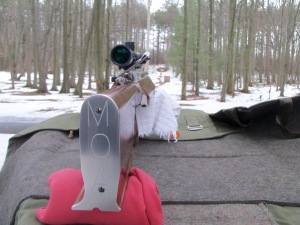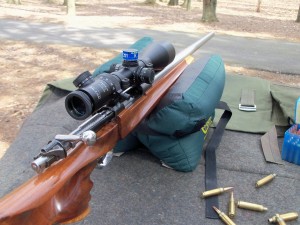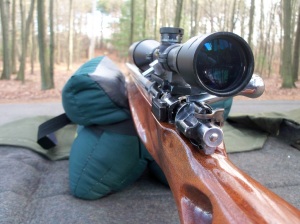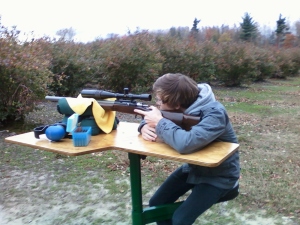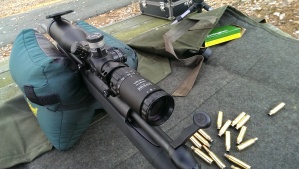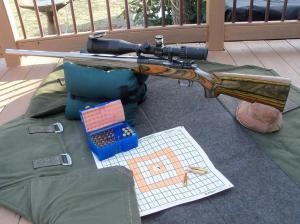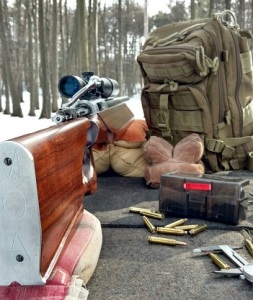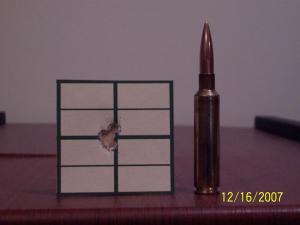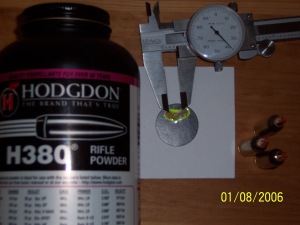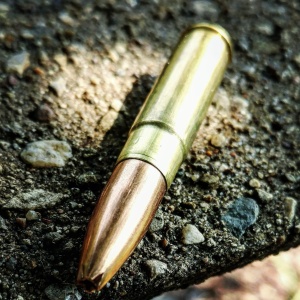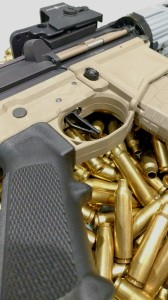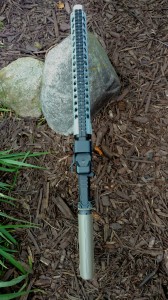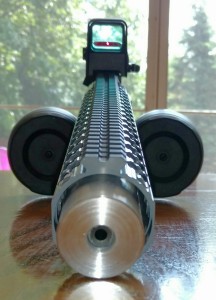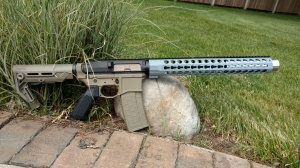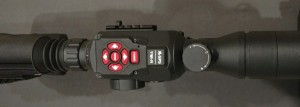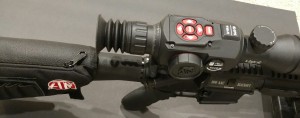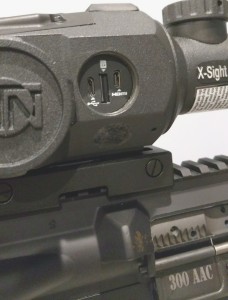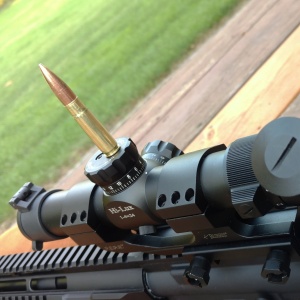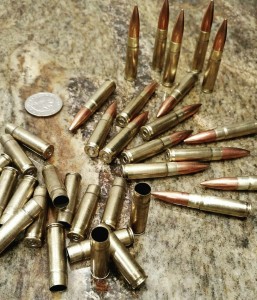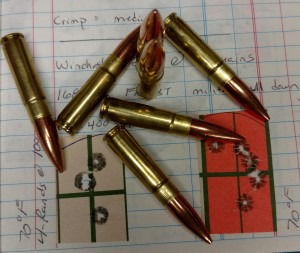300 Blk Sub-Sonic Obsession
300 Blk subsonic at 100 yards provides all the challenges of high-power cartridges at 1000 yards
-Author unknown-
To start off any discussion on this cartridge credit needs to be given to JD Jones who created the 300 Whisper cartridge. As a wildcat cartridge, JD Jones had sole rights to who chambered for it. Fast forward to Kevin Brittingham who approached JD Jones to SAAMI approve the 300 Whisper cartridge only to be refused. Kevin Brittingham changed the case design slightly and named it the 300 BlackOut. Once SAAMI approved, it is now available on a large commercial market.
The 300 Blk is a cartridge that ballistically preforms well from short barrels down to 5 inches. Either super-sonic or sub-sonic it’s a hand loaders dream or nightmare. If you deep dive into the subsonic sub-minute accuracy node, like any cartridge, you will need to find the powder that is best suited for your bullet/primer/case combination. One of the most important componets of an accurate load is the cartridge brass. How you prep the case will show up on paper out to distance and this is where attention to detail will reward you with consistant groups.
Brass:
Commercial 300 Blk ammunition provides a means to obtain workable cases for reloading. I prefer to convert my own brass from military 556 cases. Federal or Lake City will yield thicker case walls resulting in slightly lower powder charges needed to obtain a benchmark 1050 fps velocity. First cut the 556 case at the shoulder to a measurment of 1.370″ from cartridge base to neck then anneal the case neck to soften the brass for case forming to 300 BlackOut.
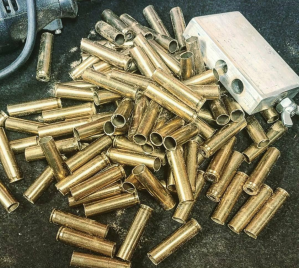
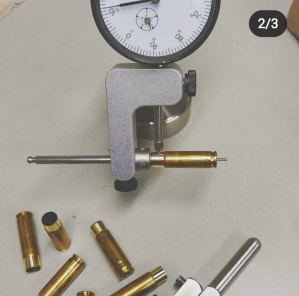
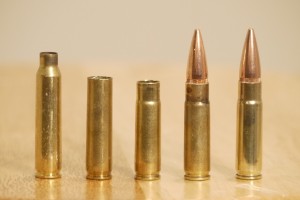
With a pass through the full length 300 BlackOut sizing die, the case looks good . . . not quite yet. Case necks will need to be turned to a thickness of .012″ as this will give a final neck outside measurment not to exceed 0.335″ with a seated .30 caliber bullet. Trim the brass to a overall lenght of 1.365″. This is close to maxium length, however, subsonic case stretch isn’t an issue. With brass formed, you can debur inside flash holes and sort cases by weight and headstamp.
Powder / Primer:
I suggest you reference a manufacture load book for safe starting subsonic loads. The use of a chronograph is mandatory as you want to hit the sweet spot velocity range of 900 -1080 fps. Some powders are cleaner burning than others at reduced charges that are used to stay subsonic. Primer choice will move velocities up and down adding to the journey to the sub-moa obsession.
Bullets:
A very important key player to heavy bullet stabilization is the twist rate of your barrel. 1-8 is the most common twist rate you will find with the faster twists providing better stabilization. 1-7 twist rate is less common and the 1-5 twist you would need to source. Let me clear up that twist rate has no adding factor to velocity as it only improves rotational spin of a projectial creating greater impact trama. I load 180 & 200 grain bullets for subsonic work with an added coating of Hbn. Both 1-8 & 1-7 twist barrels group equally well.
Once I receive bullets, I will sort them by Ogive to base measurments as this bearing surface measurement has a direct influence on pressure. You need consistant bullet pressure with load groups.
Bench consistancy:
At the bench you must pay attention to fine detail. With all brass sorted in lots, continue to separate when seating primers as some will seat easier than others. Separate as best you can. Powder charges must be measured for each case and trickled up to the desired weight. Do not just throw a charge into the case as shown on too many videos! 1/10 grain of powder at subsonic velocity IS a big deal! it will throw a shot out of the group. Seating bullets need to be sorted by feel of tension of ram stroke. The exception is if you are crimping the bullets after seating. I have tested many rounds for accuracy of groups just by altering crimp tension. A rule of thumb is if you crimp adjust, crimp for accuracy.
The videos show how case prep and a detailed loading process will work on any bullet. Yes even cast plated ones.
Bolt guns will be easier to find the accurate load, however, this article is directed to semi-auto guns. Lets take into consideration you did your homework and bought or assembled the correct 300 Blk for subsonic sub-moa work. Bolt carrier speed, twist rate, gas port size and location along with buffer spring rate will all play important parts in correct function with subsonic ammunition.
Records:
Detailed records of powder and charge weights along with case shoulder bump, seating and crimping will provide good info to log. I also list the date, weather conditions, velocity, extreme velocity spread and standard deviation. With fine tune adjustments to an accurate velocity node you can shoot inside the subsonic sub-moa realm. It will not be a quick victory to reach, but the journey is just as exciting and knowledge gained will make furture testing easier.
Support your Second Amendment rights and be heard when threatened with disarmament.
Load up some subsonic ammunition and shoot under the transonic zone!
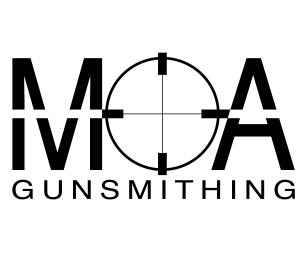
Right On Dead On All The Time

